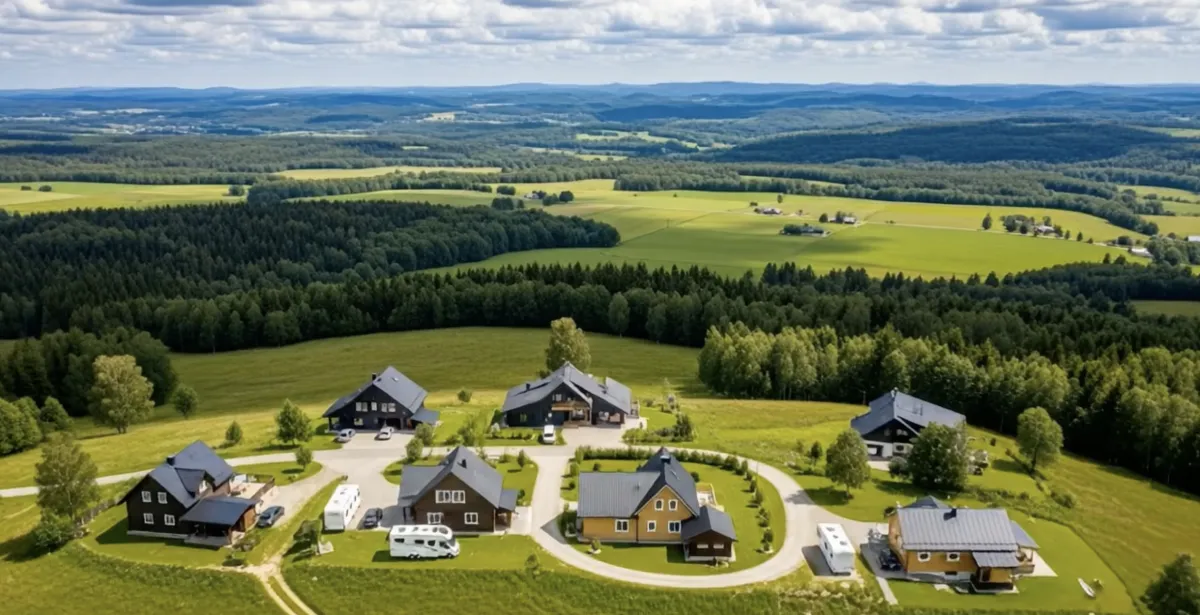
You Don’t Have to Prep Alone: How Community Can Be Your Greatest Survival Tool
For more Private Safehouse Network information and blog posts: privatesafehousenetwork.com
You Don’t Have to Prep Alone: How Community Can Be Your Greatest Survival Tool
Introduction: The Loneliness of Preparation
If you’ve ever stocked up on food, studied first-aid videos, or quietly bought backup power without telling your neighbors, you’re not alone — but it sure feels that way.
For many families, especially parents concerned about their children’s safety, prepping is a private, overwhelming effort. You know the risks: natural disasters, grid failure, civil unrest. But you’re also busy, tired, and unsure who — if anyone — around you shares your concerns.
"What if the missing piece of your preparedness plan isn’t more gear — but more people?"
Why Solo Prepping Often Fails
1. The Mental Toll of Going It Alone
It’s exhausting to be the only one thinking ahead.
Doubt creeps in: Am I crazy? Am I overreacting?
Without others to validate your concern, burnout is inevitable.
2. No One to Pressure-Test Your Plan
You’ve packed a bugout bag — but has anyone looked it over?
Can your partner even access your emergency gear?
Solo plans often have blind spots. A trusted community can catch them.
3. Isolation Makes You Vulnerable
In crisis, solo preppers face emotional and physical risk.
No matter how prepared you are, you can’t be everywhere at once.
A strong, like-minded network is a force multiplier.
What a Preparedness Community Actually Looks Like
You might picture a “prepper group” as camouflage-clad extremists in the woods. That’s the media caricature — not the reality.
A true preparedness community is:
Local or regional, so they can reach you in an emergency.
Vetted, so you know who you’re dealing with.
Diverse in skill sets — from nurses to mechanics to farmers.
Values-aligned — they don’t have to agree on politics, but they agree on protecting families.
How to Find or Build Your Circle
1. Start Close to Home
Talk to neighbors. Look for signals: gardens, backup power, talk of “just in case.”
Offer something small: “We keep some extra water on hand — happy to share in a pinch.”
2. Join Forums with High Signal, Low Noise
Avoid comment wars on social media.
Look for invite-only groups, newsletters, or communities with moderators and structure.
3. Attend Real-World Events
Homesteading meetups, first-aid classes, food preservation workshops — they’re often full of like-minded people.
These real-world touchpoints can lead to deeper, trusted relationships.
4. Practice “Readiness Visits”
Whether it’s your brother’s place out of town or a formal safehouse, visit before you need it.
Talk about expectations. What happens if something goes wrong?
Trust is built before the storm, not during it.
The Psychological Benefit of “Not Doing This Alone”
Being part of a preparedness network doesn’t just make you safer — it makes you saner.
Less anxiety from information overload.
More confidence from validation and support.
A sense of purpose and responsibility that fuels smart action — not fear-based hoarding.
Preparedness isn’t about hiding from the world. It’s about engaging with it more responsibly, and bringing others with you.
You Deserve a Backup Plan — And a Team
You don’t have to become a doomsday prepper. You don’t need a bunker or a cache of MREs in the basement. You just need a plan — and a circle of people who have your back.
If you’re looking for that vetted, family-first community to plug into — including emergency shelter options in rural safe zones — check out Private Safehouse Network (PSN). We can be a "Plan B for your family.
Tangible Next Steps to Take
Inventory your current plan. Who else is part of it?
Start one conversation with a neighbor or friend this week.
Join a community that makes you feel less alone and more prepared.
Because if things go sideways, you don’t want to be asking, “Who can I call?” You want to already know.
For more Private Safehouse Network information and blog posts: privatesafehousenetwork.com
